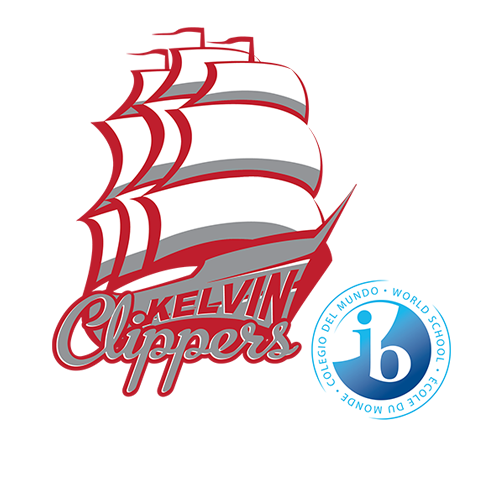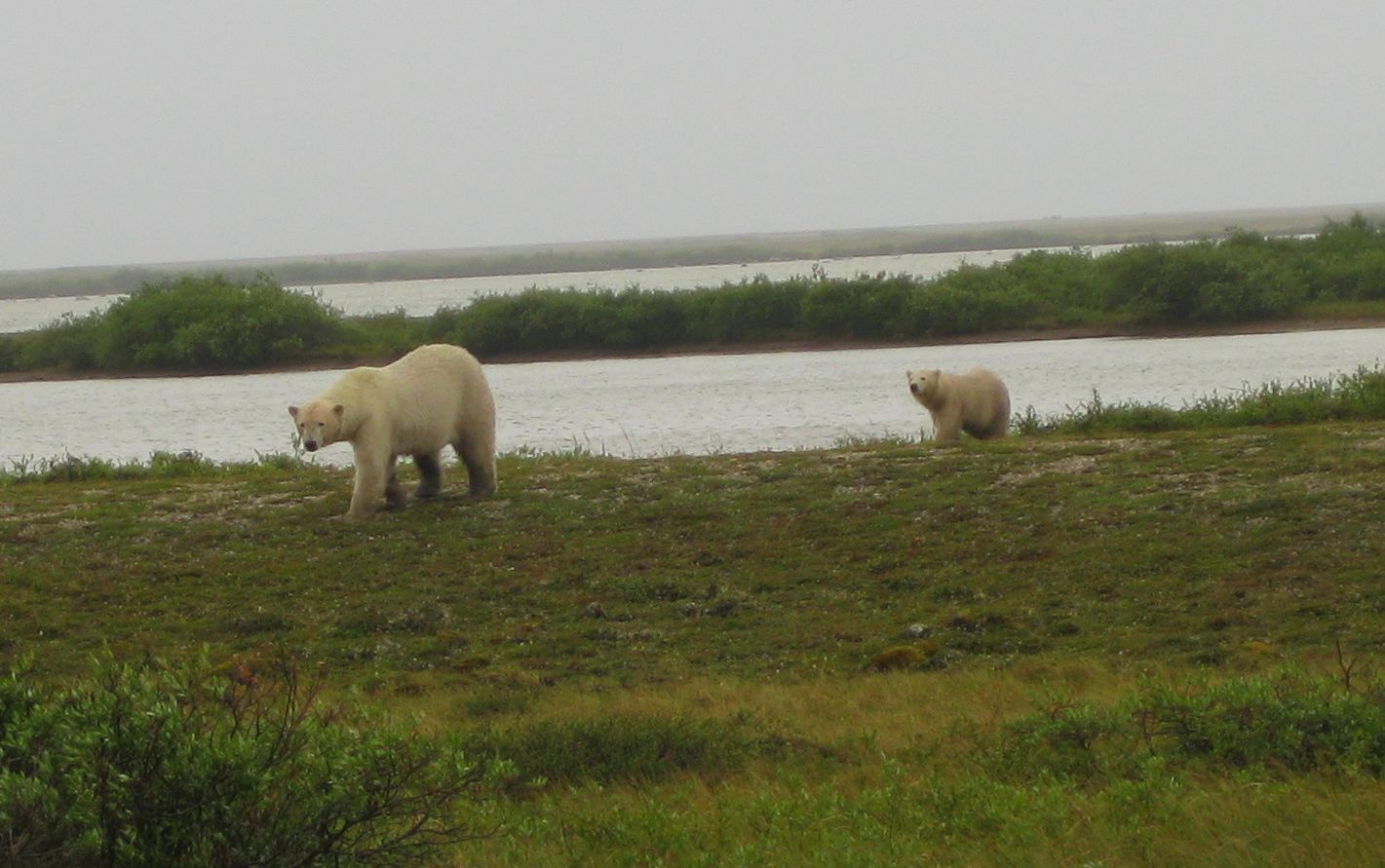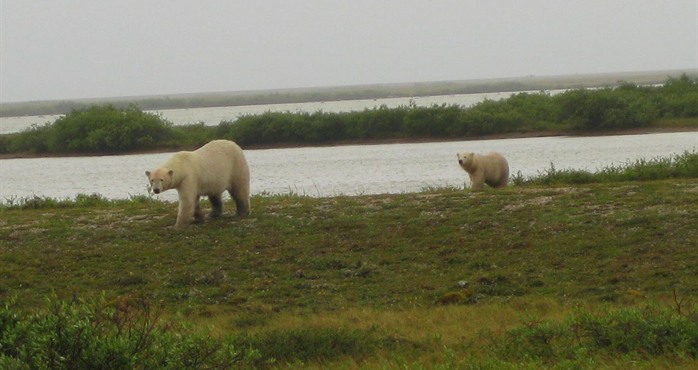Polar Bears and Permafrost - Part 2
February 8, 2021
Kelvin’s group of Northern explorers met at 5am on October 23 to begin their trek to Churchill. The students were joined by a group of teachers and students from Baltimore, Maryland! The car ride to Thompson took about 9 hours but gave the group a lovely view of the vastness of Manitoba and the beauty within the province. Along the way the group took a pit stop at Pishew Falls, a gorgeous waterfall framed by lightly snow-dusted greenery. After arriving at the Thompson train station, the group discovered that the train had been delayed until 3:30am! This delay ended up being a great bonding experience, and once the train had finally left Thompson, the train ride zoomed by, as did the trees, animal prints in the snow, and the tundra. Finally, the group arrived at the Churchill Northern Studies Centre, and met with Dr. Waterman to discuss plans for the day in the tundra buggy.
The next day started with a very bumpy ride as our buggy travelled over the tundra to the Hudson Bay. Upon arriving at the coast (the Manitoban coast!), the first bear was spotted busily pawing through the kelp. There was great excitement in the tundra buggy as a thousand pictures were snapped. The eight hours went by quickly as the group observed three polar bears and spotted dozens of ptarmigan. On the second day, seven polar bears were observed. They were resting, walking around, breaking ice, and interacting with each other. What a privilege to spend two days on the tundra watching the beautiful, magnificent polar bears gathering by the ocean. They are biding their time, waiting for the sea ice to form and for their first meal in months.
Instructed by Dr. Jane Waterman from the University of Manitoba, the students made use of various cameras, binoculars and rangefinders to record data. The students will assist Dr. Waterman in the analysis of the pictures taken in order to assess the body condition of the bears. They will also use the whisker-pattern identification software to obtain the identity of the bears and update the Polar Bear identification library. They will work with Dr. Waterman over the next months and present a poster at the Wapusk National Park Research and Monitoring Symposium in January.
During one of the evenings at the Churchill Northern Studies Center, we had the privilege of listening to Caroline Bjorkland, a Sayisi Dene woman, talk about her experience of the relocation of her people in 1956. Caroline shared her experiences in residential schools, the story of her people, and the lessons she has learned about herself and her identity in relation to the culture. Members of the group had prepared for this presentation by reading the very powerful book: Night Spirits: The Story of the Relocation of the Sayisi Dene by Ila Bussidor and Ustun Bilgen-Reinart. The group discussion that evening brought up many issues and gave each person a chance to respond to the powerful presentation.
Kelvin’s involvement in the North will continue with the Tundra Research Trip in August. The focus of this trip will be beluga whales, arctic foxes and permafrost. See Ms. Labun in room 18 for an application form for this trip.









